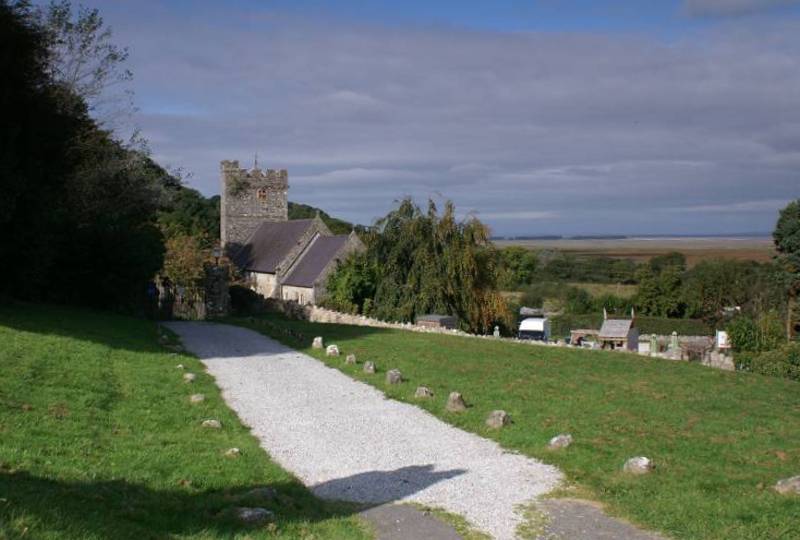
Llanrhidian and Weobley Castle.
Start. Llanrhidian.
Route. Llanrhidian - Weobley Castle - Leason - Llanrhidian.
Notes. We headed off to North Gower today an area of extensive salt marsh, our route would take us along the edge of the Loughor Estuary a very different Gower to the one we'd been exploring all week.
We parked opposite the Church of St Illtyd's our route took us up hill a few yards to a telephone box near Cross House, from here we followed the tarmac lane, again only a few yards until a barn and ivy swathed garage marked the start of a path to the right, we followed this to a lane, from here the path was way marked, traversing along the edge of the marsh the wooded hillside to our left the marsh our right, we continued ignoring the path ascending through Leason Wood to cross a stile halfway through the next field, this path continued in the same direction to reach a concrete lane and stile, we again crossed the stile to ascend the field to reach Weobley Castle.
We left the castle along it's access road turning left to enter a tarmac lane, 200 yards down the lane a stone stile allowed us access to fields, we crossed several fields on the path to Leason, straight through this sleepy backwater to gain access to more field paths, we soon passed through Penrhallt and Pen-yr-allt Farms en route back to Llanrhidian.

St Illtyd's Church Llanrhidian built around 1300.
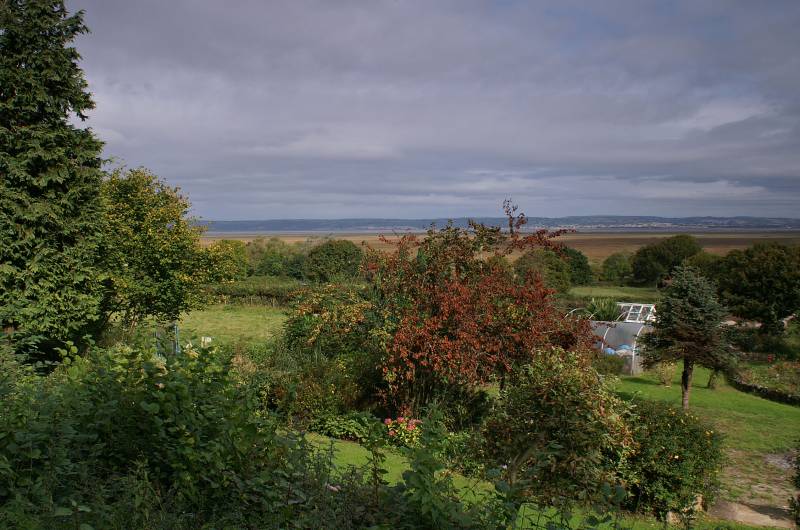
The start of our route took us pass some rather plush houses built just above the salt marsh.

Llanelli seen across the vast expanse of salt marsh and mud flats.
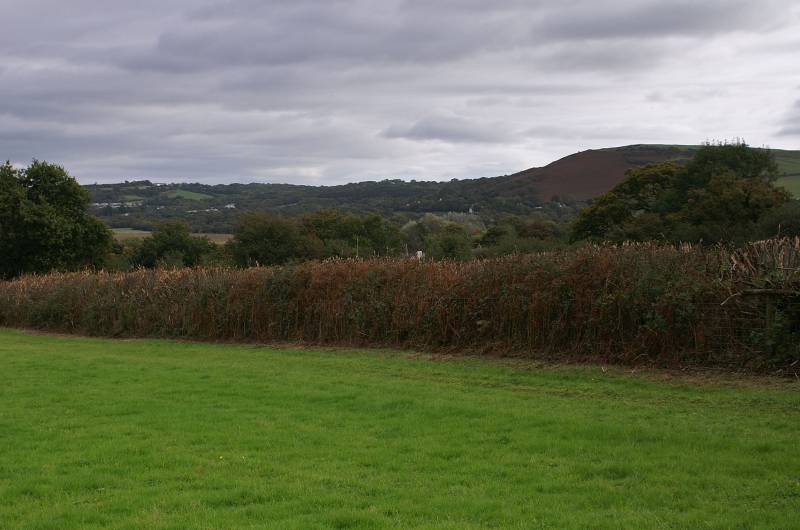
Cilifor Top above Llanrhidian.
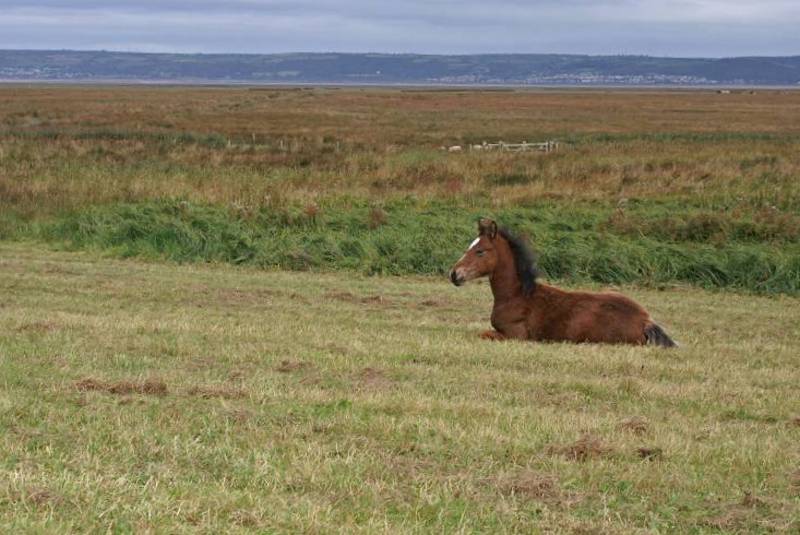
Ponies graze along the edge of these vast salt marshes, we met several small herd's en route.
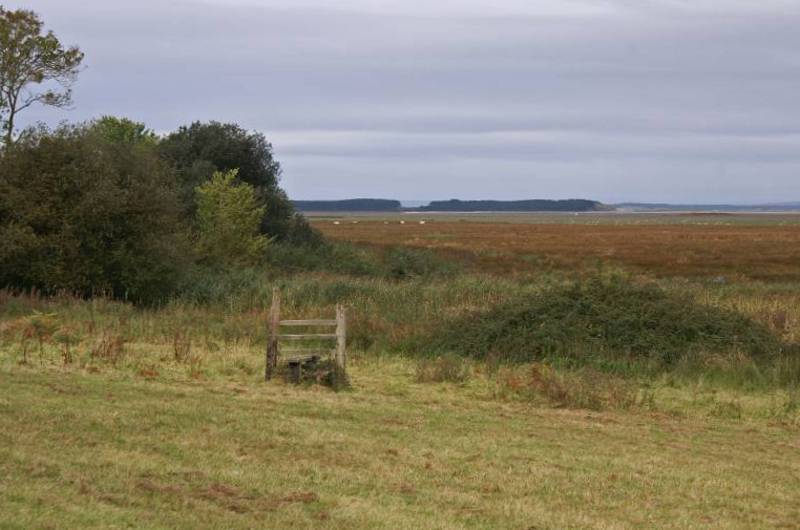
Looking to the Whiteford Burrows another extensive dune system, we've seen many this week.

Our first glimpse of Weobley Castle.
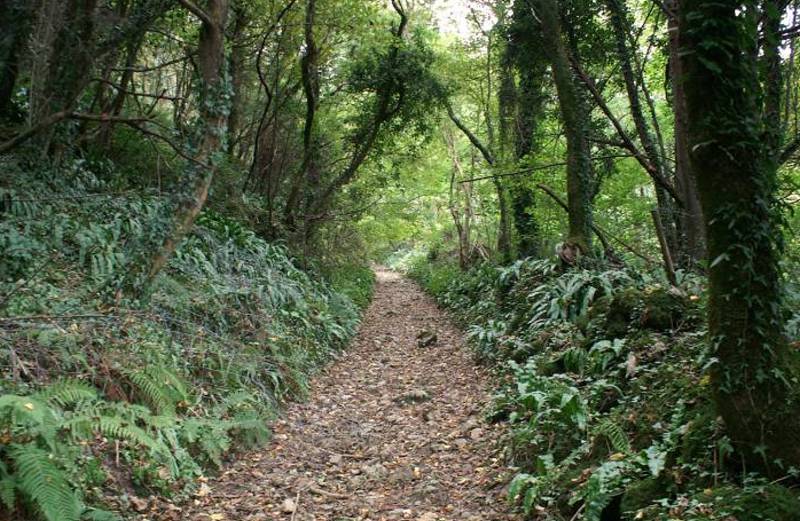
The path to Leason, after a great deal of debate we ignored this route.
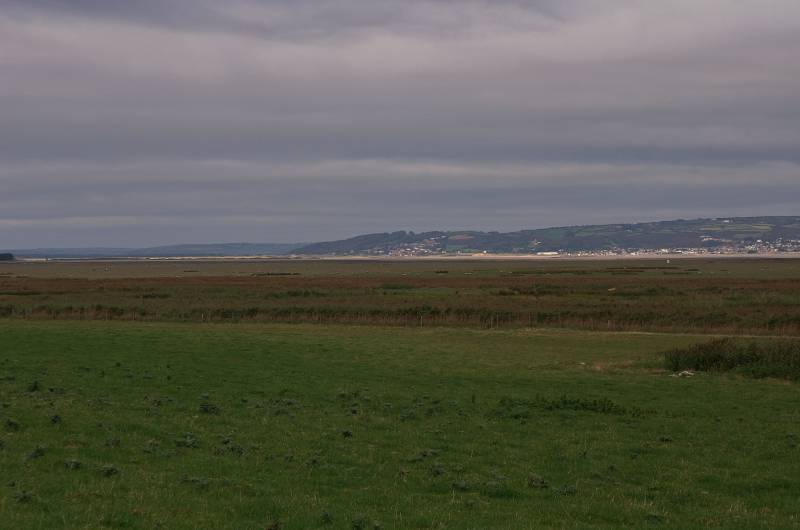
Seen across the trackless waist of salt marsh and shifting sand Burry Point.
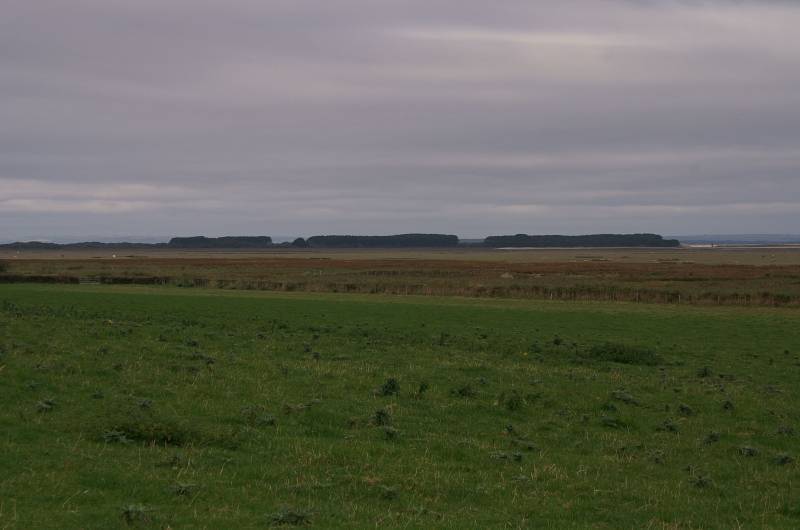
A closer look at Whiteford Burrows.
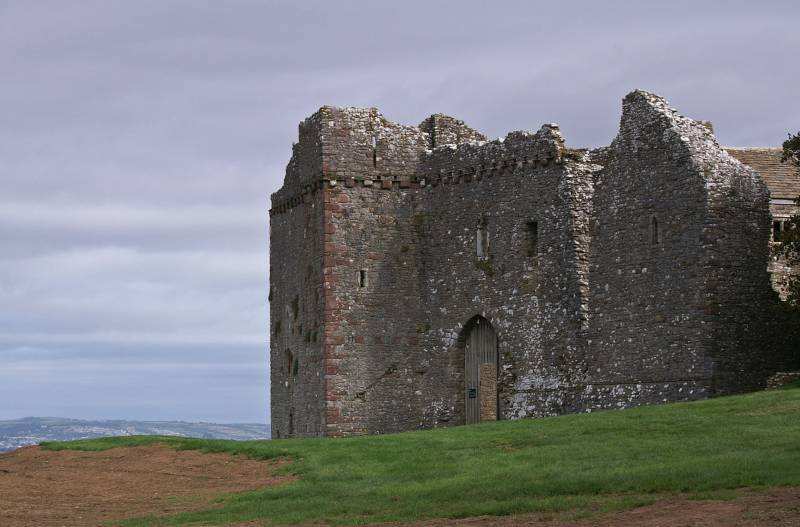
Weobley Castle dates from the 13th century with extensive alterations made in the 14th century, built by the de la Bere family as a fortified manor house.
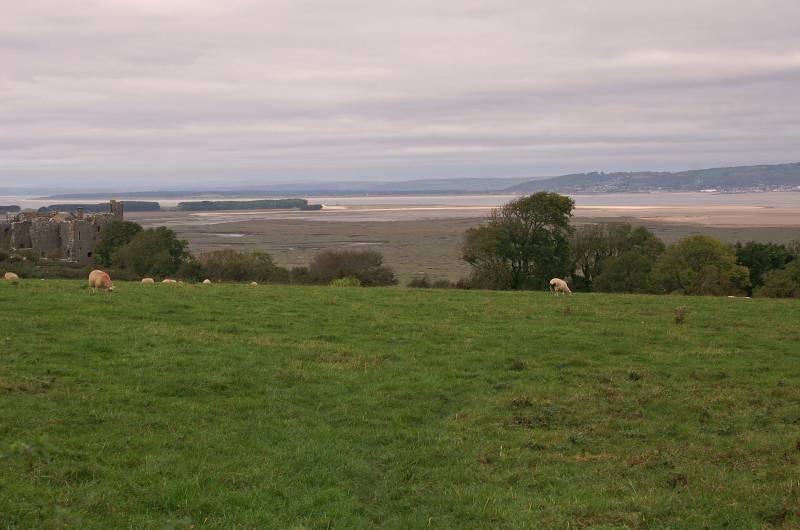
Wandering through sheep pastures above the castle with views to the north.
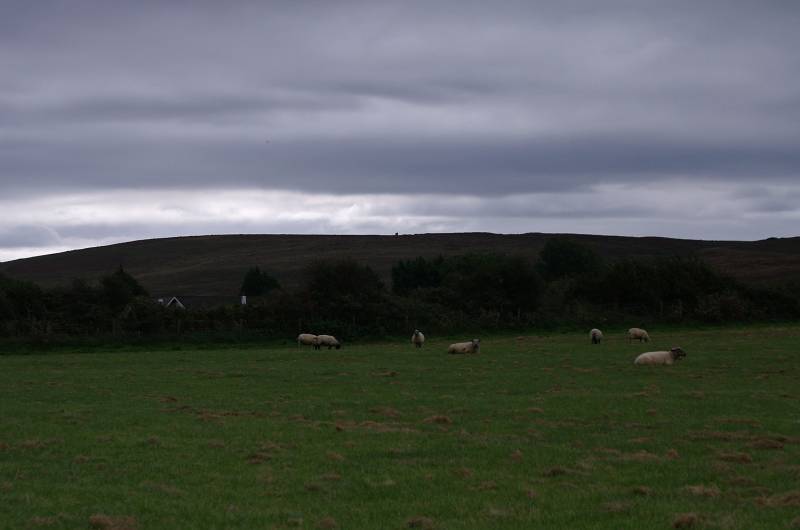
Looking to Cefn Bryn the small dot on the skyline being Arthur's Stone visited earlier in the week.